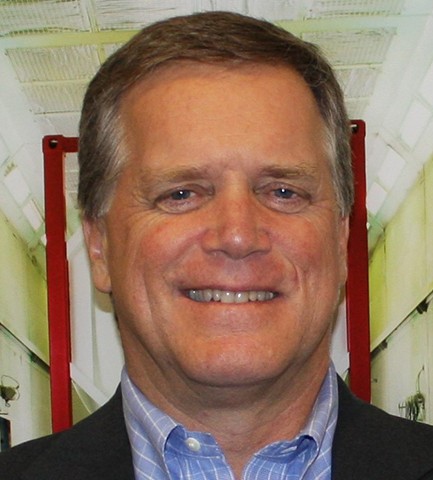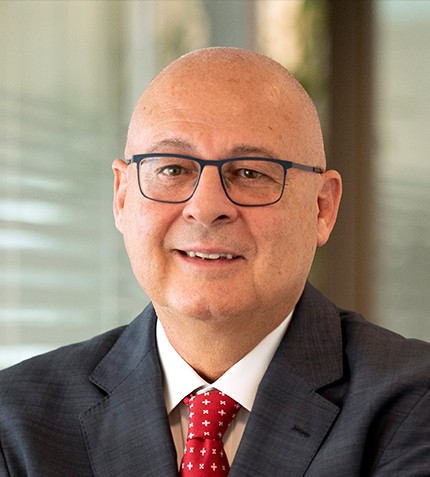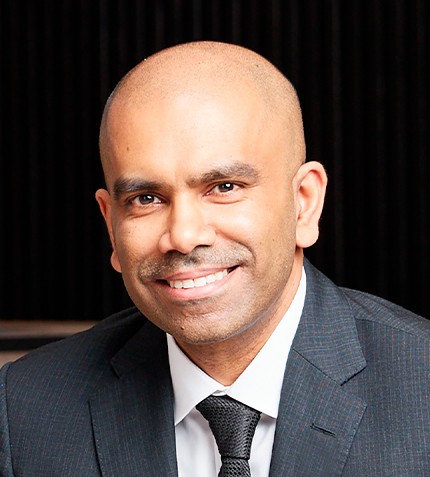
“Leasing tank containers guarantees supply of equipment for delivery of the customers’ product. Having a supply of the right tank at the right time, with no disruption, is critical to meet the needs of the supply chain.”
Christopher Sandler
MANAGING DIRECTOR, EUROTAINER
Can you give us an overview of Eurotainer’s presence and footprint in Latin America?
Eurotainer has been present in Latin America for over 25 years. Our office in Sao Paulo was established eight years ago and covers the entire South American region, with the Northern part of Latam being covered from our office in Houston. Over the years we have been expanding our personnel in South America to ensure that we can provide not only commercial, but also operational and technical support directly within the region. Our operational support in the region has allowed us to expand our third party support network.
What is Eurotainer's tank container capacity for the chemical and petrochemical industries, and what services do you offer?
We offer Eurotainer’s full range of tanks for the Latin American market, with a portfolio that includes liquid, gas, cryogenic tanks, and small portable tanks. This includes capacities ranging from 450L up to 36,000L tanks - with the largest diversity of equipment for the chemical, gas and food industries. All our tanks are pressure vessels and are made of stainless steel or carbon steel which can be customized to meet the needs of the individual client. These enhancements can include linings in the tank, safety equipment, baffles, telematics or any components to ensure the safe carriage of the customers’ products.
The company covers the chemicals, petrochemicals, gases, food and beverage, transport and logistics, energy, mining, environmental services and pharmaceutical industries, and we deal with all the major multinational and local companies within these industries. We also provide all our service offerings in Latin America which include engineering and technical services, testing and regulatory requirements of tanks, tank modification, fleet service management, damage protection plans, telematics, regulatory support and fleet optimization.
As a leasing company, how is Eurotainer dealing with rising logistics costs and lead times?
With the onset of the pandemic, we had to learn to adapt quickly to the environment, but the uncertainty in terms of costs and lead times has become more pronounced in 2021. As a leasing company, we are hyper-focused on the needs of our customers and therefore need to be more proactive with our forecasting and planning to ensure we have the right equipment at the right location at the right time. We are buying more equipment on speculation to ensure there is availability, and we are focused on operational excellence so we can have more tanks ready to supply demand. The challenges in the market are affecting us all. The more we can work with our customers and suppliers on solutions to these challenges, or at lease provide alternative options, the better we can all weather this storm.
Can you explain the benefits of ISO tank leasing?
Leasing a tank does not require capital investment into a non-core asset, so customers can take their money and invest it in their core business. The customer benefits from the leasing company’s buying power and leasing guards them against obsolescence of the asset as the leasing company owns the assets and ensures they comply with regulations around the world. Leasing a tank container also reduces maintenance costs for the customer as they can benefit from our worldwide depot network for maintenance and repair of the equipment and the purchasing power which comes from owning a fleet of over 60,000 tanks.
Another benefit, which sometimes gets lost in purchasing, is the demurrage charges in normal operations. Demurrage is billed per container and per day by truck and tank operators, with the charged amount varying per location and equipment type. Having a leased tank container, paying a fixed fee regardless of how long the tank is delayed at a location, can significantly decrease these charges.
I should also point out the benefit of leasing tank containers guarantees supply of equipment for delivery of the customers’ product. Having a supply of the right tank at the right time, with no disruption is critical to meet the needs of our customer’s supply chain.
What do you think Latam governments could do to reduce the logistics deficit in the region?
Investment into infrastructure is key to address this issue. Many ports are congested and should be upgraded and expanded to accommodate more and larger ships. There should also be more investment into rail infrastructure. This intermodal capability would take trucks of the road, provide safe transport for hazardous chemicals, and provide a better environment for operating containers. It would also be very helpful for governments to align national logistics regulations with international regulations to allow for easier trade and transportation of goods.










